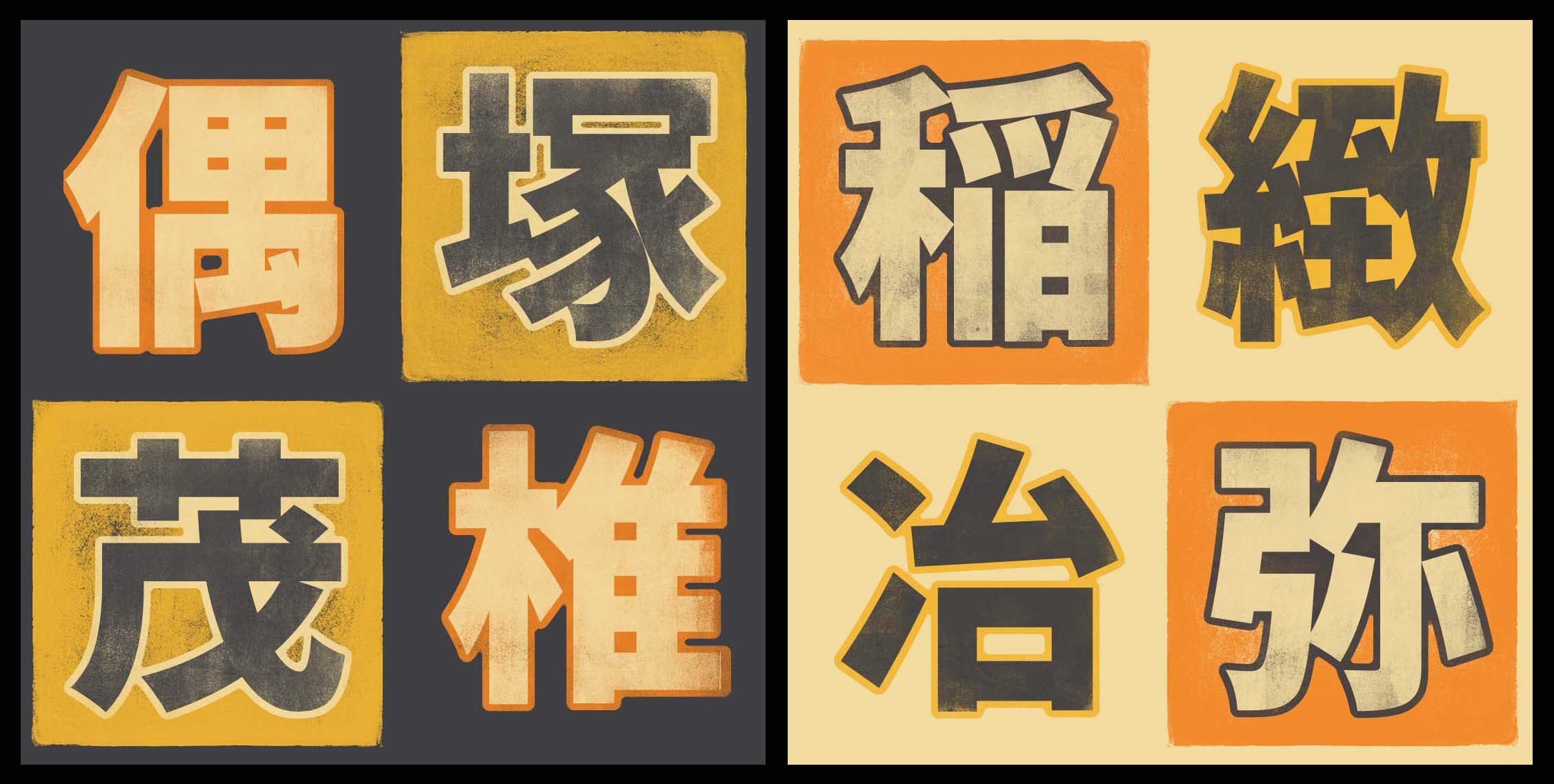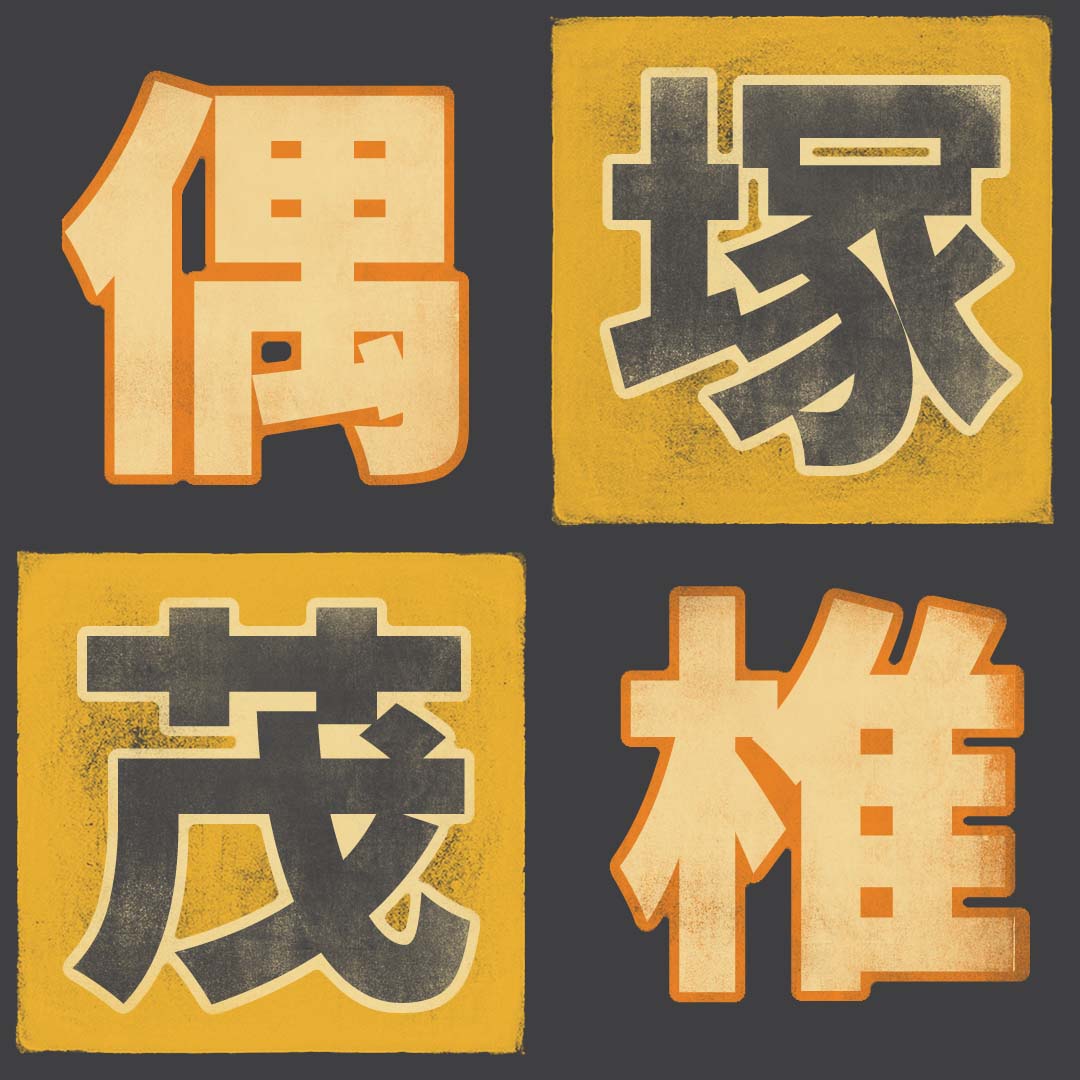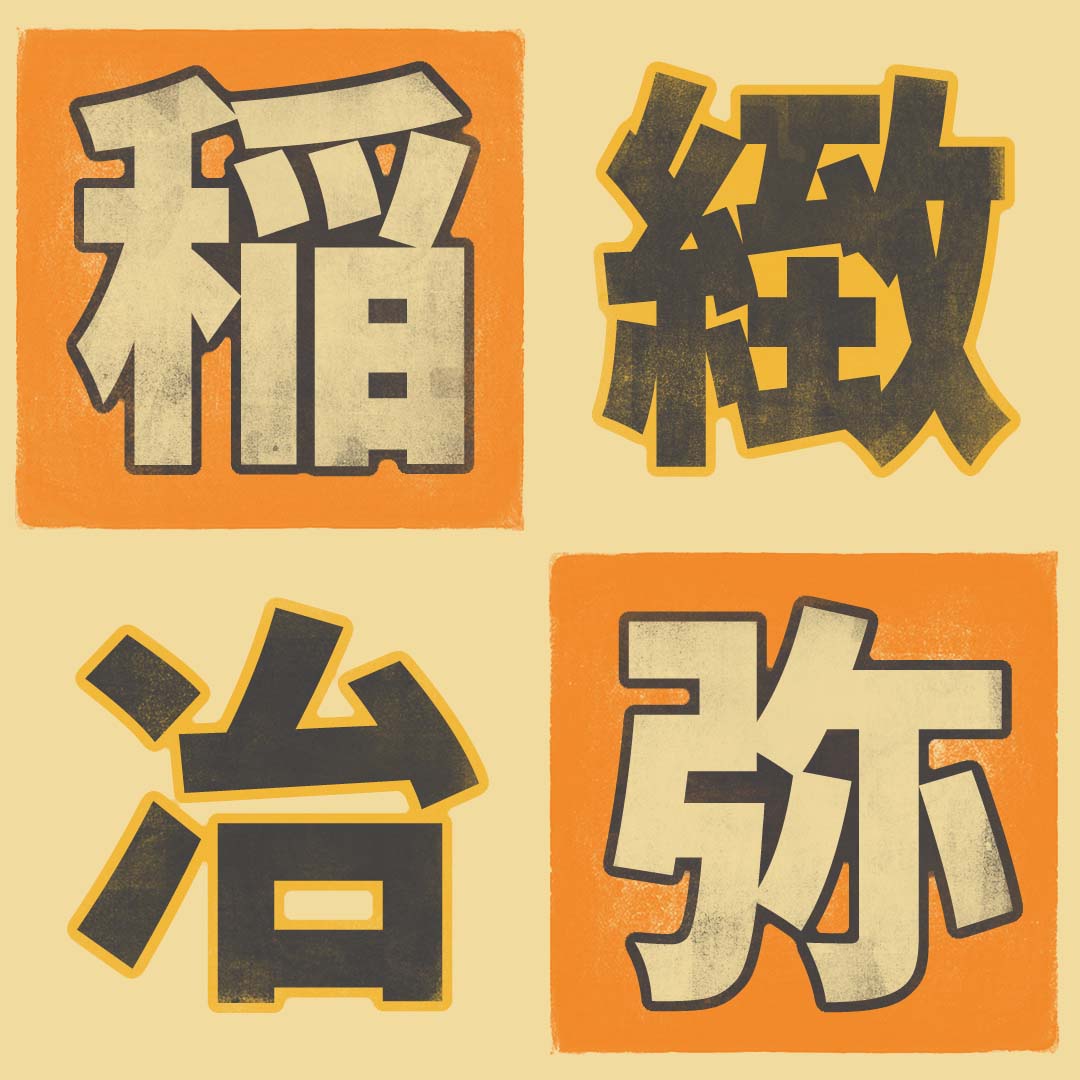The Kanshudo Blog
New Joy o' Kanji Thematic Bundles for September
Posted: 2025-09-29,
Tags:
joy-o-kanji
kanji

Though the long-ago Jomon and Yayoi eras (c. 14,000 BCE–300 CE) could be shrouded in mystery, scholars have deduced an astonishing amount about how people lived and which needs drove them. Two new bundles show what archaeological digs have revealed and what experts know and still debate about the rival ethnic groups (the Jomon and Yayoi) who are the ancestors of the modern Japanese people.
68
Jomon-Yayoi Treasures from Trash
偶 塚 茂 椎

69
What Drove the Jomon-Yayoi People
稲 緻 冶 弥

Kanshudo is your AI Japanese tutor, and your constant companion on the road to mastery of the Japanese language.
To get started learning Japanese, just follow the study recommendations on your Dashboard.
You can use Quick search (accessible using the icon at the top of every page) to look up any Japanese word, kanji or grammar point, as well as to find anything on Kanshudo quickly.
For an overview, take the tour.
